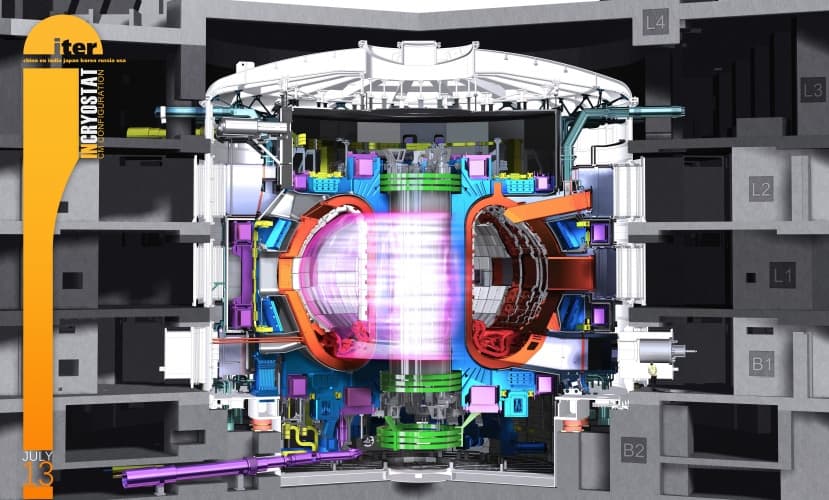The group, from Durham University and Culham Centre for Fusion Energy in Oxfordshire, has re-examined the economics of fusion, and taken into account recent advances in superconductor technology.

The research, published in the journal Fusion Engineering and Design, builds on earlier findings that a fusion power plant could generate electricity at a similar price to a fission plant and identifies new advantages in using the new superconductor technology.
Fusion reactors generate electricity by heating plasma to around 100 million degrees centigrade so that hydrogen atoms fuse together, releasing energy. This differs from fission reactors which work by splitting atoms at much lower temperatures.
The report, which was commissioned by Research Council UK’s Energy Programme focuses on recent advances in high temperature superconductors. These materials could be used to construct the powerful magnets that keep the hot plasma in position inside the containing vessel, known as a tokamak, at the heart of a fusion reactor.
This advancing technology means that the superconducting magnets could be built in sections rather than in one piece. This would mean that maintenance, which is expensive in a radioactive environment, would be much cheaper because individual sections of the magnet could be withdrawn for repair or replacement, rather than the whole device.
While the analysis considers the cost of building, running and decommissioning a fusion power plant, it does not take into account the costs of disposing of radioactive waste that is associated with a fission plant.
For a fusion plant, the only radioactive waste would be the tokamak, when decommissioned, which would have become mildly radioactive during its lifetime.
Professor Damian Hampshire, of the Centre for Material Physics at Durham University, who led the study, said: “Obviously we have had to make assumptions, but what we can say is that our predictions suggest that fusion won’t be vastly more expensive than fission.”
Hampshire said he hoped that the analysis would help persuade policy-makers and the private sector to invest more heavily in fusion energy.
“Fission, fusion or fossil fuels are the only practical options for reliable large-scale base-load energy sources. Calculating the cost of a fusion reactor is complex, given the variations in the cost of raw materials and exchange rates. However, this work is a big step in the right direction” he said.
A test fusion reactor, the International Thermonuclear Experimental Reactor (ITER), is about 10 years away from operation in the South of France. Its aim is to prove the scientific and technological feasibility of fusion energy.




Swiss geoengineering start-up targets methane removal
Several rather dubious statistics in this report. IF methane had 120× the thermal effect of CO2 that would be TWO orders of magnitude. Two is not...